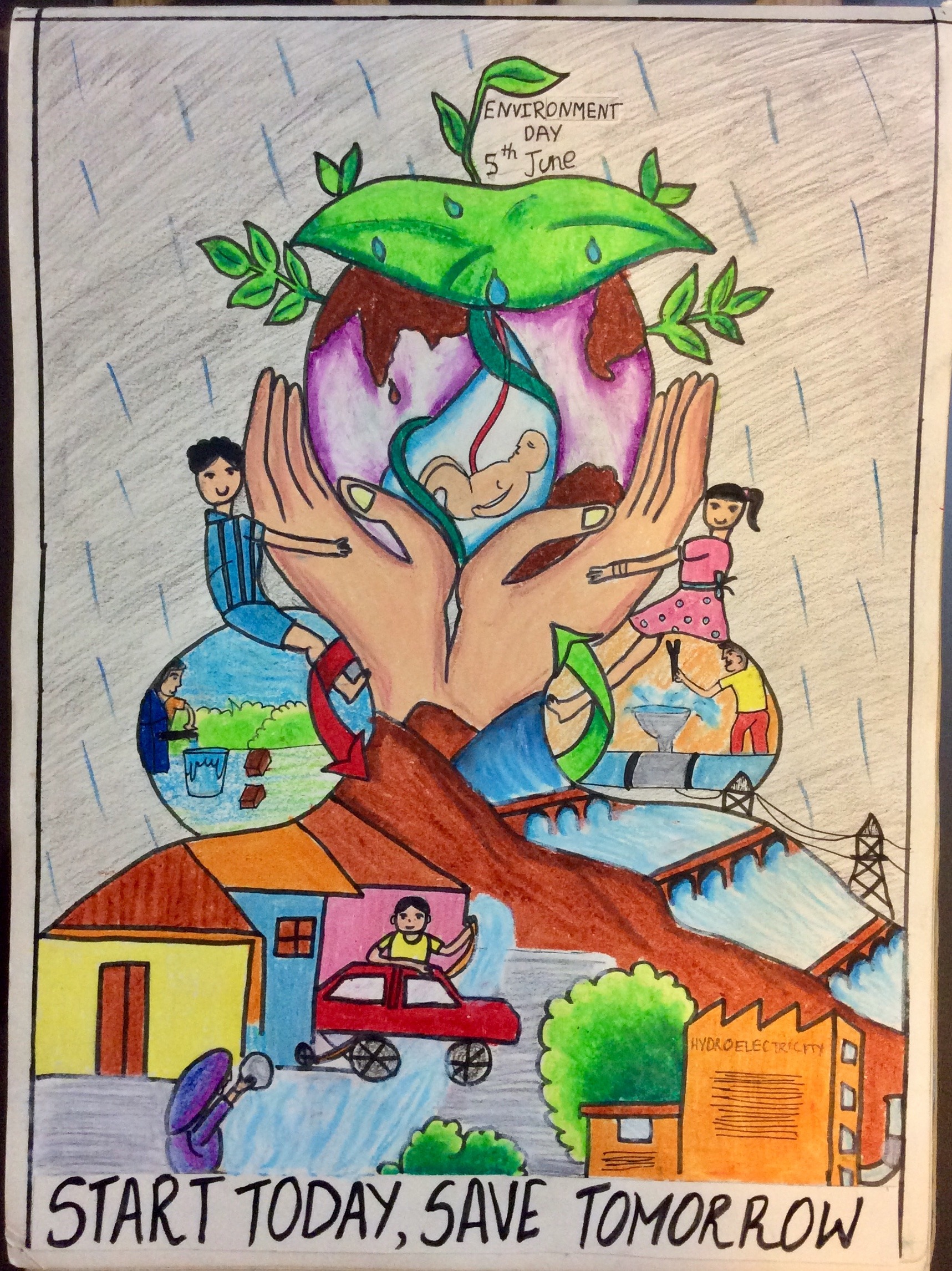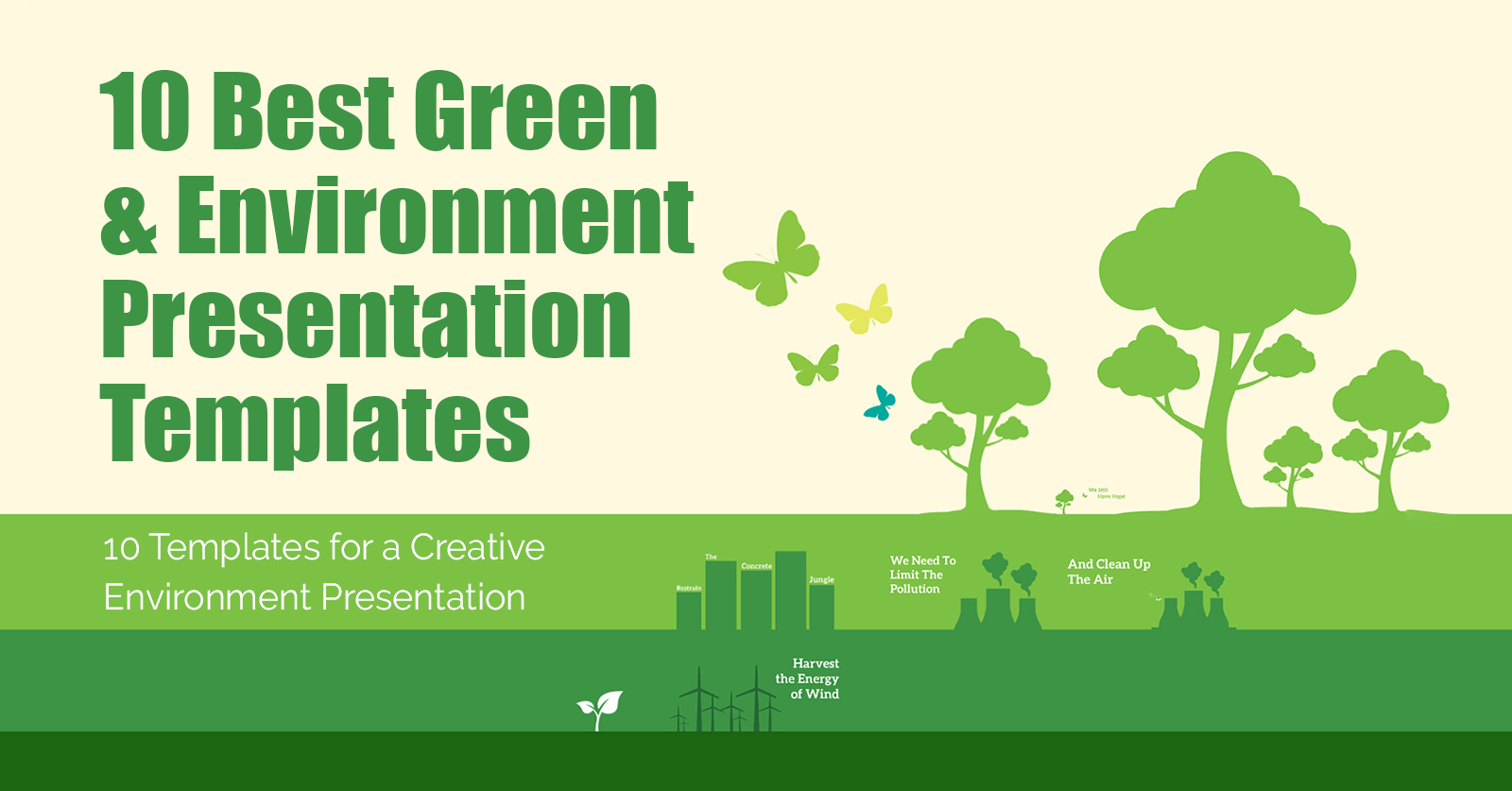Table Of Content

In this regard the faculty shares a commitment to the stewardship of our environment. This is particularly important in the Northern Rockies where our historic fabric of cities, rural communities and the natural landscape coexist in a tenuous balance. Focusing on the broad principles of creating a sustainable social, cultural, economic and physical environment we utilize the region, from its major cities to its national parks, as the canvas for our teaching, research and creative activities. "The use of low-VOC (volatile organic compounds) and natural paints contributes to better indoor air quality and is less harmful to the environment compared to traditional paints," says Glaister. Materials that contain a high volume of VOCs are detrimental to the environment, and they’re commonly found in all types of household products, making them harder to avoid than one might think. Natural paints and those with low-VOC content are slowly but surely becoming the norm.

Life-cycle Assessment (LCA)
You’ll gain a better understanding of color modes, color schemes and color systems. You’ll also learn how to confidently use color by understanding its cultural symbolism and context of use. By using scale to make an element larger than others appearing with it, you can emphasise that element. Not only can you make an element stand out this way—you can also use scale to create a sense of depth (since nearer objects appear larger to the human eye).
Responsive Design: Best Practices
The app icon designs in iOS 6 and earlier mimic the glossy texture of glass to incite users to tap them. Later, Apple (in)famously introduced a linen fabric texture to much of its user interface. With the popularity of flat design (a minimalist style that features clean spaces and two-dimensional, flat illustrations), the use of textures in visual design would greatly decrease by the mid-2010s — although they can still be very useful. Negative space (also known as white space) is the empty area around a (positive) shape. The relation between the shape and the space is called figure/ground, where the shape is the figure and the area around the shape is the ground. We should be aware that when designing positive shapes, we are also designing negative spaces at the same time.
The Key Elements & Principles of Visual Design
Integrating sustainability into design practices yields positive outcomes across various dimensions, from economic advantages to improved well-being. Prioritize locally sourced, eco-friendly materials with low embodied energy and high recyclability. This choice reduces environmental impact and supports responsible resource management and the principles of a circular economy. For those impervious to moral imperatives, made all the more resistible by the smug sanctimoniousness of the converted, surely there is enough intellectual and aesthetic challenge within environmentalism to merit a few toes in the water. The concerns of the current avant-garde and those of environmental architects meet in nature, and the refusal on both sides to acknowledge this common ground is as obsolete as it is limiting.

Each of the seven freestanding law courts has a glulam (laminated wood) superstructure on a concrete base, clad with cedar strips on the exterior and plywood on the interior. Wood is a good material environmentally, not only because it resists conducting heat and cold, but also because it adds no carbon to the atmosphere (except in its transportation and cutting). This makes Rogers’ specification of aluminum in the Bordeaux courts’ office block and copper for the roof inconsistent—but it takes time for internal contradictions within a practice to become intolerable. While the architects deny they were following any particular style, the building’s design has commonly been labeled Brutalist.
It helps put into perspective whether a design is actually environmentally sustainable in the long run. Products such as aluminum which can be reused multiple number of times but have a very energy intensive mining and refining which makes it unfavorable. Information such as this is done using LCA and then taken into consideration when designing.
Unsettling Sustainability – Landscape Laboratories as Experimental and Experiential Grounds
This hands-on approach allows them to gather critical data and gain firsthand insights into the unique aspects of each project. Additionally, environmental designers may engage in community meetings, workshops, or public consultations to understand the needs and aspirations of the people who will inhabit or interact with the designed spaces. However, we can scale up the practices of design thinking, user research, product design and interaction design to even larger projects.
Balance can be achieved by having symmetry in the design (for instance, having a webpage with centralised text and images). However, you can also achieve balance without symmetry — perhaps unsurprisingly, this is known as asymmetrical balance. We achieve asymmetrical balance when we arrange differently sized elements in a way that results in unity. We can imagine a centre point of the design and distribute the elements in a way that creates balance. The WWF logo, shown earlier, is an example of making use of the principle of gestalt to create interesting designs.
Built environment can improve mental health, UVA professor says - VPM News
Built environment can improve mental health, UVA professor says.
Posted: Mon, 25 Sep 2023 07:00:00 GMT [source]
Sustainable design principles
Radiance is a “physically based lighting simulation program” that demonstrates the quality and intensity of daylight in any part of any building over a day or a year. Ecotect is a “3-D modeling interface fully integrated with acoustic, thermal, lighting, solar, and cost functions” that supports conceptual as well as final design. The point is that environmental design doesn’t rule out complexity of form or program. A repositioning of material culture opens up new practices as it shuts down others. It isn’t merely a question of a few simple, intuitive moves like shading a south-facing northern hemisphere facade in summer, and protecting a north-facing northern hemisphere facade in winter, though it’s astonishing how even this is beyond many.
Visual hierarchy places importance on presenting the most vital information at the top. By understanding and applying these principles, designers can create intuitive, aesthetically pleasing, and practical designs that cater to user needs and preferences. Designers use principles such as visibility, findability and learnability to address basic human behaviors.
Typically environmental design and planning programs address architectural history or design (interior or exterior), city or regional planning, landscape architecture history or design, environmental planning, construction science, cultural geography, or historic preservation. Social science methods are frequently employed; aspects of sociology or psychology can be part of a research program. In fiscal year 2024, BSEE oversaw the installation and successful start to the operation of the nation’s first two commercial-scale, offshore wind projects. The elements of visual design make up the fundamental building blocks of a product. While we as visual designers do not really need to examine each element closely in our daily work, the principles of design — how to place the elements together to build pages and app screens optimally — do play a crucial part in what we do. Learning how to achieve unity, gestalt, hierarchy, balance, contrast, scale, dominance, and similarity will be extremely useful as you work in visual design.

No comments:
Post a Comment